Overview
Map
Other Details
دير مار عبدا - دير القمر
1849
Deir El-Qamar
Chouf
Mount Lebanon
دير مار عبدا - دير القمر سنة ١٨٤٩، تأسّس الدير على يد الأب نعمة الله البكفاوي والأب بطرس الغزيريّ، بهدف خدمة النفوس في منطقة دير القمر. سنة ١٨٩٥، على عهد الأب العام سابا دريان، اتمّ الاب المدبّر افرام حنين الديراني بناء الدير، وأنشأ مدرسة لأبناء الرهبانية. سنة ١٩٦٣، تمّ بناء مدرسة مار عبدا. سنة ٢٠٠١، تمّ إفتتاح فرع لجامعة سيّدة اللويزة في الدير مكان الثانويّة الرسميّة وفرع للجامعة اللبنانية. سنة ٢٠٠٥، تم ترميم الدير وإصلاح غرفه والصالون والاقبية ليستقبل الرهبان والحركات الرسولية. يتميّز الدير بهندسته الفريدة وهي مزيج من فنّ العمارة اللبنانيّة والحلبيّة. The monastery of St. Abda - Deir el Qamar The monastery was built in 1849, to provide pastoral and spiritual assistance in Deir el Qamar. In 1895 during the mandate of Abbot Saba Derian the monastery was completed and a monastic school was erected. In 1963 the school was renewed and opened to the public. In 2001 a branch of NDU and of the Lebanese University were opened next to the monastery. In 2005 the monastery was renewed. The building is a great late 19th century witness to Lebanese architecture with elements of Aleppo’s art and arabesque.
Visited 5242 times, 2 Visits today
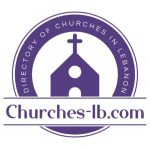

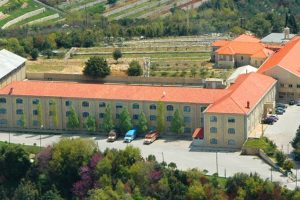
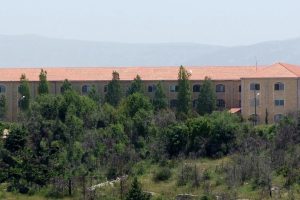
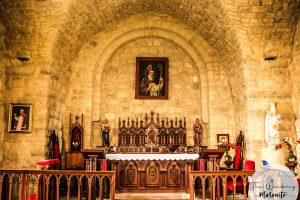
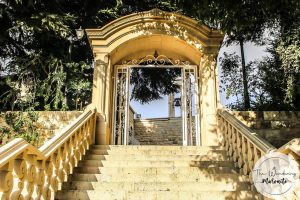
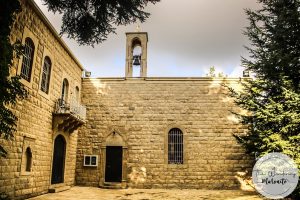
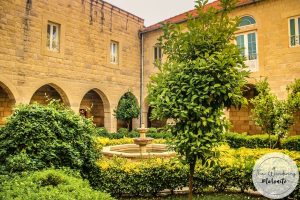
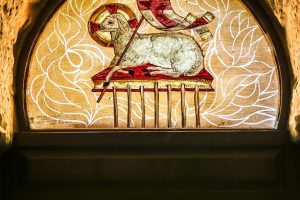
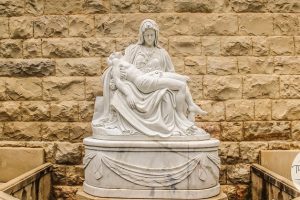
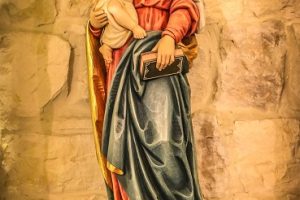
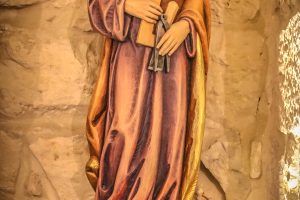
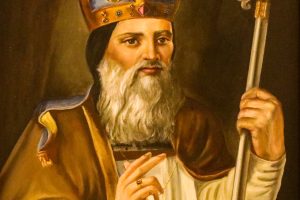
















Reviews are disabled, but trackbacks and pingbacks are open.